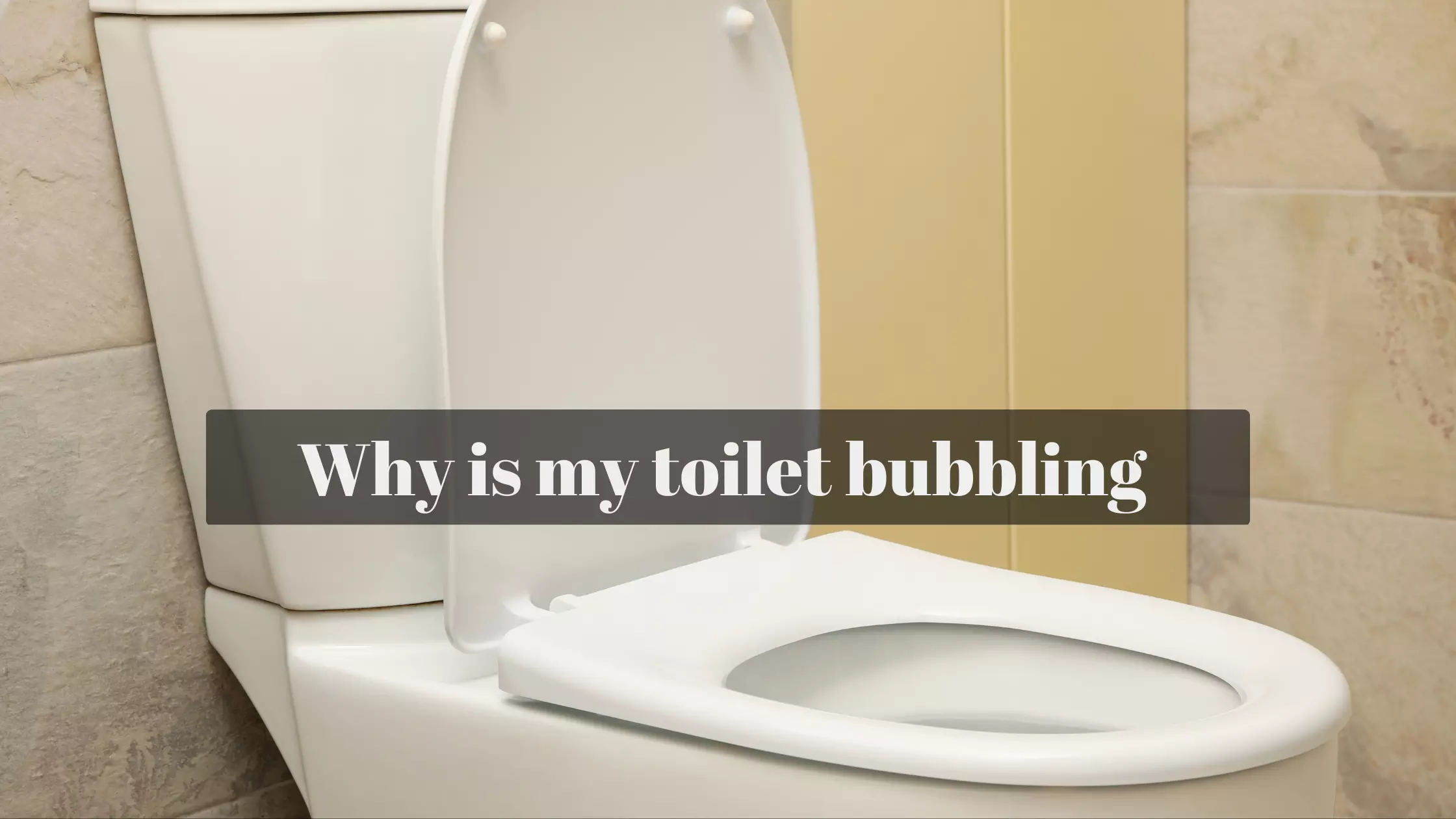Does a Plumber or Electrician Install a Hot Water Heater?
Does a Plumber or Electrician Install a Hot Water Heater? Here’s all the expected answers to this question. When it comes to install a hot water heater in your home, you may be wondering whether to call a plumber or an electrician for the job. While both professions have the skills to perform the Installation task of water heater, there are a few key differences to consider before making your decision,. You May Also Like What is the Cost of Retractable Where are the Coils on a What do Window Cleaners Use in Load More First, let’s have a look at what’s involved in installing a hot water heater. Typically, this process involves connecting the heater to your home’s water supply and installing any necessary wiring or electrical components. This means that both a plumber and an electrician could potentially handle the job. make the easy process of hot water heater installation by contacting well experienced plumber, South Adelaide Plumbing and Gas Why Choose a Plumber There are some important factors to consider. Plumbers are experts in working with water supply systems and piping and more regarding water systems, and they are well-versed in building codes and safety regulations related to plumbing. They will be able to ensure that your hot water heater is installed correctly and safely, and they can address any issues that may arise during the installation process. Why Choose an Electrician Electricians are skilled in working with electrical systems and wiring, which is an important aspect of hot water heater installation. They can make sure that your heater is wired correctly and that all electrical components are functioning properly. If you have an electric hot water heater, an electrician may be the best choice to handle the installation. Consulting with a Professional Ultimately, the decision of whether to hire a plumber or an electrician for your hot water heater installation will depend on your specific needs and circumstances. If you’re not sure which profession to call, you may want to consult with a professional to get their opinion. They can evaluate your home’s plumbing and electrical systems and recommend the best course of action. It’s worth noting that many plumbing and electrical companies offer comprehensive services that include hot water heater installation. Here is a company you may like to contact and get excelent services South Adelaide Plumbing and Gas. This means that you may be able to hire a single company to handle the entire job, from start to finish. This can save you time and hassle, and it can ensure that the installation is completed correctly and safely. Conclusion In conclusion, the decision of whether to hire a plumber or an electrician for hot water heater installation depends on your needs and circumstances. Consulting with a professional can help you make the best choice, and it’s important to always hire licensed and experienced professionals for plumbing or electrical work in your home.


